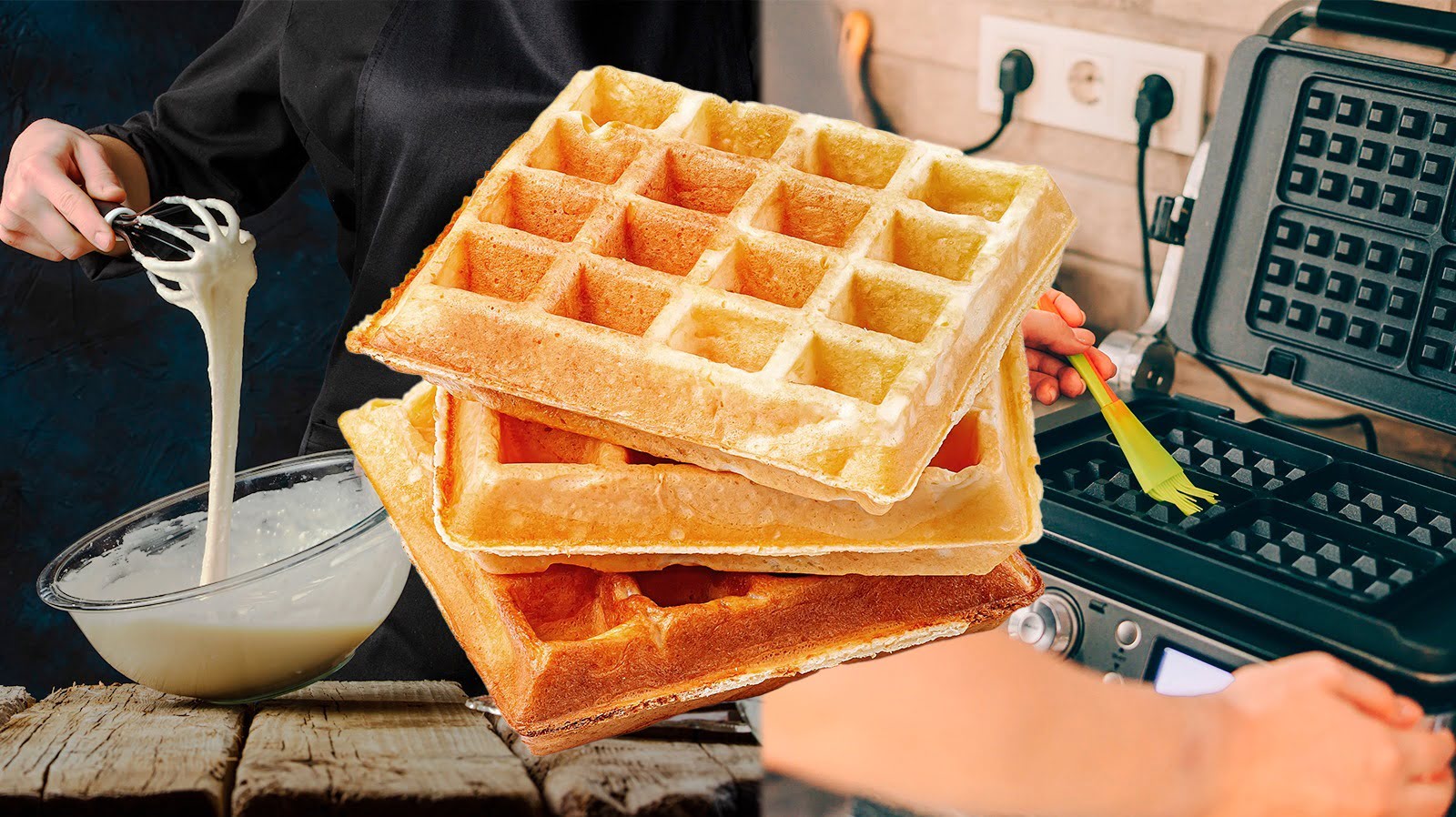

Articles
How Does Waffle Iron Work
Modified: August 28, 2024
Discover the inner workings of a waffle iron in this informative article. Learn how waffle irons transform batter into delicious crispy treats.
(Many of the links in this article redirect to a specific reviewed product. Your purchase of these products through affiliate links helps to generate commission for Storables.com, at no extra cost. Learn more)
Introduction
Waffles are a beloved breakfast delicacy loved by people all over the world. Whether enjoyed with a generous dollop of whipped cream and fresh berries or drizzled with maple syrup, waffles make for a delicious morning treat. But have you ever wondered how those delectable, crispy waffles are made? Enter the waffle iron – the magical device that turns batter into golden-brown breakfast wonders.
In this article, we will delve into the fascinating world of waffle irons and explore how they work their breakfast magic. We will take a trip through history to learn about the evolution of these incredible devices, examine the basic design and components, uncover the secrets behind their heating mechanism, dive into the cooking process, and even discover some helpful tips for using and maintaining your waffle iron.
No matter if you are a waffle enthusiast, a culinary explorer, or simply curious about kitchen gadgets, join us as we uncover the inner workings of the beloved waffle iron and discover just what makes it tick.
Key Takeaways:
- Waffle irons have a rich history dating back to ancient Greece, and their modern innovations offer endless creativity in waffle making, from unique shapes to smart features, making them an essential kitchen gadget for delicious homemade waffles.
- Understanding the heating mechanism and cooking process in waffle irons is key to achieving the perfect balance of crispy exteriors and fluffy interiors in homemade waffles, while following maintenance and cleaning tips ensures longevity and consistent delicious results.
Read more: How Many Watts Does A Waffle Iron Draw
History of Waffle Irons
Waffle irons have a rich history that dates back centuries. The origins of the waffle itself can be traced back to ancient Greece, where flat cakes cooked between two metal plates were common. However, it wasn’t until the Middle Ages that more intricate patterns started to appear on these cakes.
It was in the 14th century that the precursor to the modern waffle iron emerged in the form of two iron plates, hinged together with long handles. These early designs were heated over an open fire and used to cook thin wafers. The term “waffle” itself is derived from the Dutch word “wafel,” which means honeycomb or hive, referring to the distinct pattern found on these early wafers.
Over time, waffle irons evolved with advancements in technology. In the 18th century, the cast-iron stove became popular, allowing for more controlled and consistent heat. This led to the development of stove-top waffle irons that could be placed directly on the stove burner.
It wasn’t until the late 19th century that waffle irons underwent a major transformation. In 1911, a man named Cornelius Swartwout patented the first electric waffle iron. This breakthrough invention revolutionized the way waffles were made, making it easier and more convenient for households to enjoy this delectable treat.
Since then, waffle irons have become a staple in kitchens around the world. They have come a long way in terms of design, with non-stick coatings, adjustable temperature controls, and even fancy patterns. Today, you can find waffle irons in various shapes and sizes, from classic square grids to fun and whimsical shapes like hearts and cartoon characters.
Thanks to their enduring popularity, waffle irons have become more than just a breakfast appliance. They are now a symbol of comfort and indulgence, enjoyed by families during weekend brunches and special occasions. Whether you prefer traditional Belgian waffles or have a penchant for inventive flavor combinations, there’s no denying the delightful role that waffle irons have played in our culinary history.
Basic Design and Components of a Waffle Iron
Waffle irons are designed to transform a simple batter into golden, crispy waffles. Understanding the basic design and components of a waffle iron can help demystify the cooking process and allow you to make the most out of your waffle-making experience.
The primary components of a waffle iron include the heating elements, the cooking plates, the hinge, and the handle. Let’s take a closer look at each of these components:
- Heating Elements: The heating elements are responsible for generating the heat necessary to cook the waffles. In electric waffle irons, these elements are typically made of metal coils and are located beneath the cooking plates. When the waffle iron is turned on, the heating elements start to warm up, allowing for even and consistent cooking.
- Cooking Plates: The cooking plates are where the magic happens. These plates are made of materials like cast iron or non-stick coated metal. The plates have a pattern of indentations that give the waffles their characteristic shape and texture. Common patterns include square, circular, or rectangular grids. The size and depth of the indentations vary depending on the type of waffle iron.
- Hinge: The hinge is the mechanism that connects the top and bottom halves of the waffle iron. It allows the plates to open and close, making it easy to place the batter and remove the cooked waffle. The hinge also ensures that the cooking plates maintain an even pressure on the batter, resulting in evenly cooked waffles.
- Handle: The handle is an essential component that allows users to open and close the waffle iron safely. It is usually made of heat-resistant materials and is designed for a comfortable grip. The handle also helps in applying pressure to the waffle iron when closing, ensuring that the batter spreads evenly across the cooking plates.
In addition to these primary components, modern waffle irons often come with features like temperature control, indicator lights, and audible alerts. These additional features allow for greater control over the cooking process and help ensure that you achieve the desired level of crispness and browning for your waffles.
Now that we have explored the basic design and components of a waffle iron, we can move on to understanding how the heating mechanism works and the cooking process that transforms the batter into delicious waffles.
Heating Mechanism in Waffle Irons
The heating mechanism in waffle irons is a critical component that ensures the batter is cooked to perfection. Understanding how the heating mechanism works can help you achieve the ideal level of crispiness and browning in your waffles.
In electric waffle irons, the heating mechanism typically involves heating elements located beneath the cooking plates. These heating elements are made up of coiled metal wires that generate heat when an electric current is passed through them. The heating elements gradually warm up the cooking plates, creating the necessary temperature for cooking the batter.
When you turn on the waffle iron, the heating elements start to heat up. The temperature is usually adjustable, allowing you to control the level of heat based on your preference. As the cooking plates heat up, they transfer the heat to the batter, causing it to cook and solidify.
The purpose of the heating mechanism is twofold: to cook the batter evenly and to create a crispy outer texture. The even distribution of heat across the cooking plates ensures that the waffle cooks uniformly, preventing any portion from being undercooked or overcooked.
The heating mechanism also plays a crucial role in creating the desired crispness in the waffle. As the batter cooks, the moisture evaporates, and the sugars in the batter undergo the Maillard reaction—a chemical reaction that gives the waffles their golden-brown color and delicious flavor. The heat from the cooking plates helps facilitate this reaction, resulting in the signature crispy exterior of a well-made waffle.
It’s important to note that achieving the perfect level of crispness and browning can be influenced by various factors, such as the batter consistency, cooking time, and temperature control. Experimenting with these variables can help you achieve the ideal waffle texture and flavor that suits your preferences.
Now that we understand the heating mechanism in waffle irons, let’s delve into the cooking process itself and explore the steps that transform the batter into mouthwatering waffles.
Cooking Process in a Waffle Iron
The cooking process in a waffle iron is where the transformation from batter to delectable waffles takes place. Understanding the cooking process can help you achieve the perfect balance of crispy exterior and fluffy interior in your homemade waffles.
Here’s a step-by-step guide to the cooking process in a waffle iron:
- Preheating: Before you start cooking your waffles, it’s crucial to preheat the waffle iron. Preheating allows the cooking plates to reach the desired temperature, ensuring even cooking and preventing the batter from sticking to the plates. Most waffle irons have indicator lights or audible alerts to let you know when the preheating process is complete.
- Greasing the Plates: To prevent the waffles from sticking, it’s important to grease the cooking plates. You can use cooking spray, melted butter, or vegetable oil to lightly coat the plates. This step ensures easy release and helps in achieving a crispy texture on the waffles.
- Adding the Batter: Once the preheating is complete and the plates are greased, it’s time to add the batter. The amount of batter needed will depend on the size and capacity of your waffle iron. Most waffle irons come with a measuring cup or guidelines to help you determine the right amount of batter to pour onto the cooking plates.
- Closing the Waffle Iron: After adding the batter, close the waffle iron, applying gentle pressure to ensure the batter spreads evenly across the cooking plates. The hinge mechanism keeps the plates in place, allowing the batter to cook uniformly and create the distinct waffle shape and pattern.
- Cooking Time: The cooking time may vary based on the type of waffle iron, the thickness of the batter, and personal preference. As a general guideline, most waffle irons take about 3-5 minutes to cook a waffle. However, it’s best to refer to the manufacturer’s instructions for specific cooking times.
- Checking for Doneness: To determine if the waffle is cooked to perfection, lift the lid of the waffle iron slightly to peek at the color and texture. Ideally, the waffle should be golden brown and crisp on the outside, while still fluffy and tender on the inside. If it needs more time, simply close the lid and continue cooking until it reaches the desired level of browning.
- Removing the Waffle: Once the waffle is cooked, carefully open the waffle iron, using oven mitts or heat-resistant gloves as the plates will be hot. Use a fork or tongs to gently remove the waffle from the cooking plates. Place it on a wire rack or a heat-proof plate to cool slightly before serving.
Now that you have mastered the cooking process in a waffle iron, let’s move on to some helpful tips to ensure your waffles turn out perfect every time.
Preheat your waffle iron before adding the batter to ensure even cooking and a crispy exterior. Brush the plates with oil or non-stick spray to prevent sticking.
Read more: How To Use A Cast Iron Waffle Iron
Tips for Using a Waffle Iron
Using a waffle iron can sometimes be a bit tricky, but with a few helpful tips and tricks, you can ensure that your waffles turn out perfect every time. Here are some tips to keep in mind when using a waffle iron:
- Preheat and Grease: Make sure to preheat your waffle iron thoroughly before adding the batter. This helps in achieving even cooking and prevents the batter from sticking. Additionally, greasing the cooking plates lightly with cooking spray, melted butter, or vegetable oil before adding the batter will ensure easy release and a crisp exterior.
- Do Not Overfill: It’s essential to add the right amount of batter to the waffle iron. Overfilling can cause the batter to overflow and result in messy cleanups. Follow the guidelines provided with your waffle iron or use the measuring cup that comes with it to ensure you add the correct amount of batter.
- Close and Lock Properly: When closing the waffle iron, make sure to apply gentle and even pressure to spread the batter evenly across the cooking plates. Properly lock the waffle iron to ensure that the batter cooks uniformly and avoids any leakage.
- Avoid Opening Too Soon: It’s tempting to check on the progress of your waffle, but try to resist the temptation to open the waffle iron too soon. Opening it too early can cause the waffle to break apart or stick to the cooking plates. Follow the recommended cooking time and only open the waffle iron when necessary to prevent any mishaps.
- Don’t Squish the Waffle: While it’s important to apply gentle pressure to close the waffle iron, avoid pressing down on the top excessively during cooking. This could lead to a compressed and dense waffle instead of a light and fluffy one. Let the waffle iron’s hinge mechanism do the work of spreading the batter evenly.
- Experiment with Temperature: Depending on your preference and the desired level of crispness, experiment with different temperature settings on your waffle iron. Higher temperatures will result in a crisper exterior, while lower temperatures will yield a softer texture. Find the sweet spot that suits your taste.
- Keep the Waffles Warm: If you are making multiple waffles but want to serve them all at once, keep the cooked waffles warm by placing them on a wire rack in a low oven. This helps retain their crispness until they are ready to be served.
- Clean and Maintain: After each use, make sure to clean the waffle iron properly. Follow the manufacturer’s instructions for cleaning and avoid using abrasive cleaners that can damage the non-stick coating. Regular maintenance and proper cleaning will ensure the longevity of your waffle iron.
By following these tips, you can elevate your waffle-making skills and enjoy consistently delicious and perfectly cooked waffles.
Now, let’s move on to the maintenance and cleaning of waffle irons to ensure they remain in excellent condition for years to come.
Maintenance and Cleaning of Waffle Irons
Proper maintenance and cleaning of your waffle iron are essential for both its longevity and ensuring that your waffles turn out perfect every time. Here are some tips for maintaining and cleaning your waffle iron:
- Unplug and Allow to Cool: Before starting any maintenance or cleaning, always make sure to unplug the waffle iron and allow it to cool completely. Trying to clean a hot waffle iron can be dangerous and may cause burns.
- Remove Excess Batter: After each use, remove any excess batter that may have spilled or dripped onto the cooking plates. Use a heat-resistant spatula or a soft cloth to gently scrape off the batter. Avoid using sharp or abrasive utensils that can scratch the non-stick coating.
- Clean with a Damp Cloth: Once the excess batter is removed, use a damp cloth or sponge to wipe down the cooking plates and the outer surface of the waffle iron. This helps to remove any residue or grease that may have accumulated during the cooking process.
- Use Mild Soap or Vinegar Solution: If the cooking plates are particularly dirty or have stubborn stains, you can clean them with a mild dish soap or a vinegar solution. Mix a small amount of soap or vinegar with warm water and use a non-abrasive sponge or cloth to gently scrub the plates. Rinse thoroughly with clean water afterwards.
- Avoid Submerging in Water: It’s important to note that most waffle irons cannot be fully submerged in water. This can damage the electrical components and compromise the safety of the appliance. Instead, clean the waffle iron by wiping it down with a damp cloth or sponge.
- Remove Grease Buildup: Over time, grease can build up on the exterior of the waffle iron. To remove this buildup, use a mixture of baking soda and water to create a paste. Apply the paste to a soft cloth and gently scrub the greasy areas. Wipe clean with a damp cloth.
- Store Properly: When your waffle iron is not in use, ensure that it is completely dry before storing it. Store it in a cool, dry place, away from direct heat or sunlight. If your waffle iron has removable plates, store them separately to prevent damage or scratching.
- Follow Manufacturer’s Instructions: Always refer to the manufacturer’s instructions for specific cleaning and maintenance guidelines. Different models and types of waffle irons may have specific requirements that need to be followed to ensure proper functioning and durability.
By following these maintenance and cleaning tips, you can keep your waffle iron in excellent condition and enjoy many delicious waffles for years to come.
Now, let’s explore some of the exciting variations and innovations in waffle irons that have taken the humble waffle to new heights.
Variations and Innovations in Waffle Irons
Waffle irons have come a long way since their humble beginnings, and today, there are numerous variations and innovations that have taken the classic waffle to new levels of deliciousness. From different shapes and sizes to unique features, let’s explore some of the exciting advancements in waffle irons:
- Shape and Size: While the traditional square or rectangular-shaped waffles remain popular, waffle irons now come in a variety of shapes and sizes. You can find heart-shaped waffle irons that are perfect for Valentine’s Day or special occasions, as well as round waffle irons that create a different aesthetic appeal.
- Pocketed Waffle Irons: Pocketed waffle irons feature deeper indentations, creating waffles with larger pockets. These pockets can hold more toppings like fruit, syrup, or whipped cream, enhancing the overall flavor and texture of the waffle.
- Adjustable Temperature Settings: Many modern waffle irons now come with adjustable temperature settings, allowing you to control the level of browning and crispness. This feature provides more flexibility to cater to individual preferences and create waffles to everyone’s liking.
- Flip Feature: Some waffle irons have a flip feature that allows you to rotate the entire unit during cooking. This helps in ensuring even cooking and creates waffles with a more uniform texture. The flip feature also allows for easier batter distribution on the cooking plates.
- Non-Stick Coating: Non-stick coatings have become a standard feature in many waffle irons. These coatings make it easier to remove the cooked waffles without sticking and enable easier cleaning. Non-stick coatings also contribute to the desirable crispy texture of the waffles.
- Mini Waffle Irons: Mini waffle irons have gained popularity, offering a fun and bite-sized version of the traditional waffle. These compact appliances are perfect for making smaller portions, ideal for kids, snacks, or indulgent desserts.
- Multi-Functional Waffle Irons: Some waffle irons are designed to be multi-functional, offering additional cooking features. These versatile appliances may have reversible plates, allowing you to use them as a griddle, sandwich press, or even as a panini maker.
- Smart Features: With technological advancements, we now see the introduction of smart features in waffle irons. These may include smartphone connectivity, digital controls, and built-in timers that help monitor cooking times and ensure consistent results.
These variations and innovations in waffle irons have expanded the culinary possibilities and allowed for endless creativity in waffle making. Whether you prefer classic, traditional waffles or want to experiment with unique shapes or flavors, there’s a waffle iron out there to suit your needs.
Now that we’ve explored the exciting world of waffle iron variations, let’s wrap up our journey through the waffle-making process.
Conclusion
Waffle irons have become an essential kitchen gadget that brings the joy and deliciousness of homemade waffles to our breakfast tables. From their humble origins to the modern-day innovations, waffle irons have undergone significant advancements to enhance the waffle-making experience.
Through this article, we have explored the history of waffle irons, from their ancient origins in Greece to the invention of electric waffle irons in the early 20th century. We have also learned about the basic design and components of waffle irons, including the heating mechanism, cooking plates, hinge, and handle.
Understanding the cooking process has given us insights into achieving the perfect balance of crispy exteriors and fluffy interiors in our waffles. Along with that, we’ve discovered helpful tips for using and maintaining our waffle irons, ensuring delicious results every time we cook.
Moreover, we’ve delved into the exciting variations and innovations in waffle irons, exploring unique shapes, adjustable temperature settings, flip features, and multi-functional capabilities. These advancements have elevated the waffle-making experience and allowed for endless creativity in the kitchen.
Whether we prefer classic square waffles, heart-shaped delights, or mini bite-sized treats, there is a waffle iron out there to suit every taste and preference. The convenience, versatility, and sheer joy of making waffles at home have made waffle irons an indispensable tool in modern kitchens.
So, the next time you enjoy a stack of warm, golden waffles, take a moment to appreciate the waffle iron behind the magic. From the heating mechanism that cooks the batter to the perfectly designed cooking plates that create those signature patterns, the waffle iron is truly a kitchen marvel.
Now armed with knowledge of waffle irons and their inner workings, you can confidently create your own delicious waffles, experimenting with flavors, toppings, and shapes to make each breakfast or brunch a memorable experience.
So, dust off your waffle iron, preheat it with anticipation, and dive into the delightful world of homemade waffles – where crispy edges meet fluffy centers and breakfast becomes an indulgent treat.
Frequently Asked Questions about How Does Waffle Iron Work
Was this page helpful?
At Storables.com, we guarantee accurate and reliable information. Our content, validated by Expert Board Contributors, is crafted following stringent Editorial Policies. We're committed to providing you with well-researched, expert-backed insights for all your informational needs.

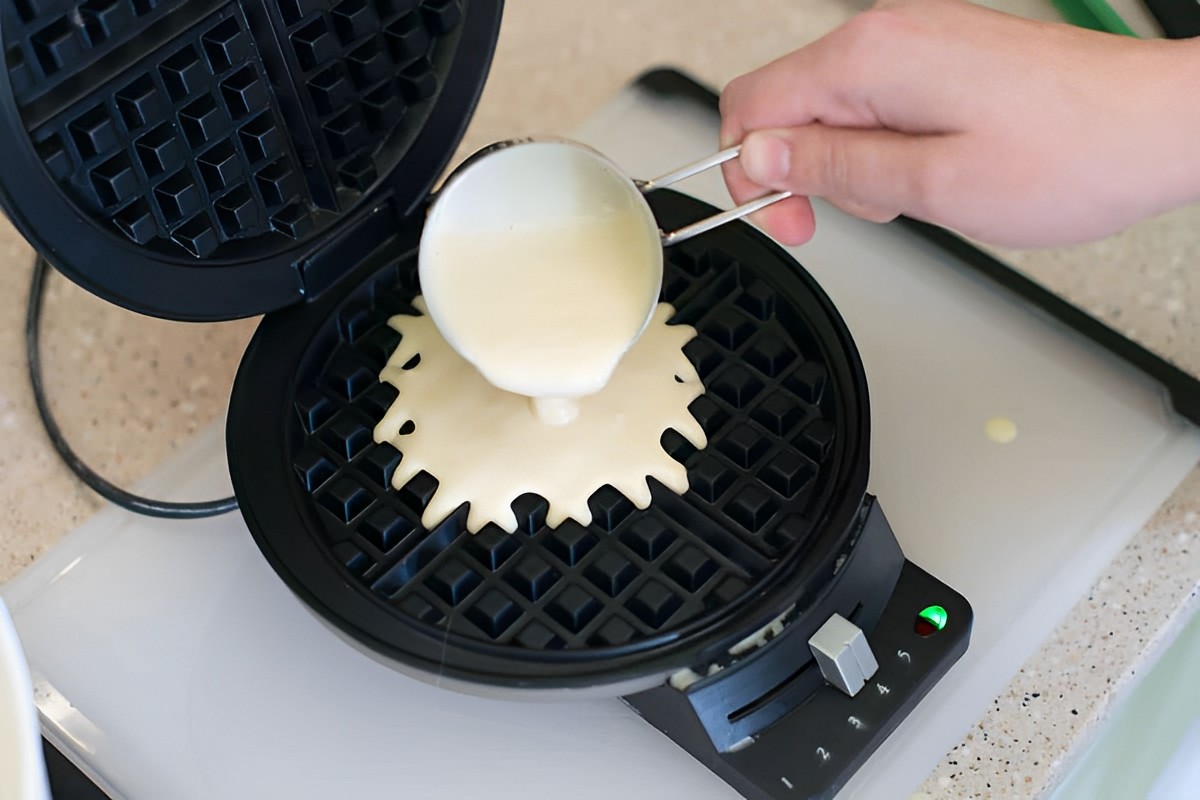
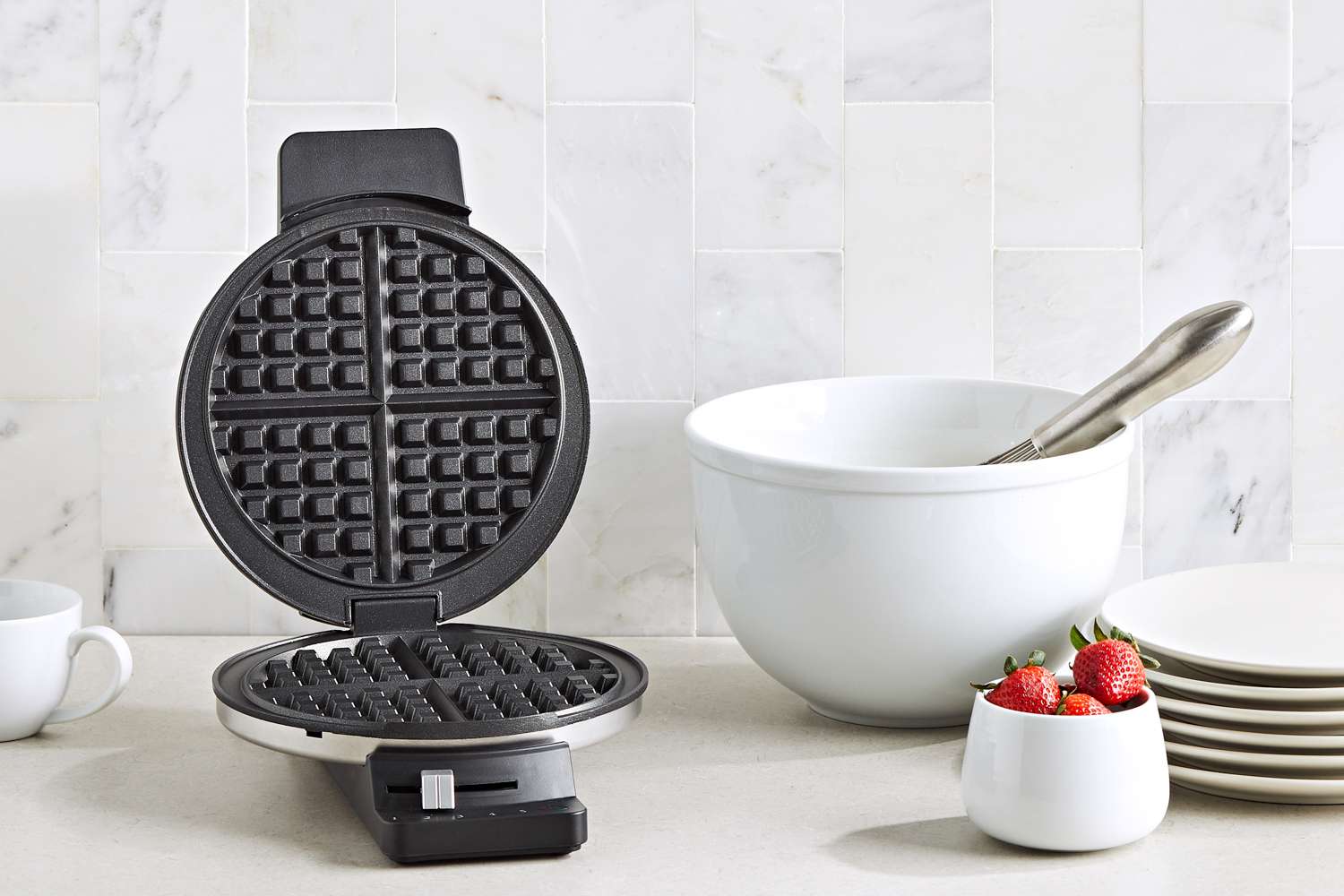
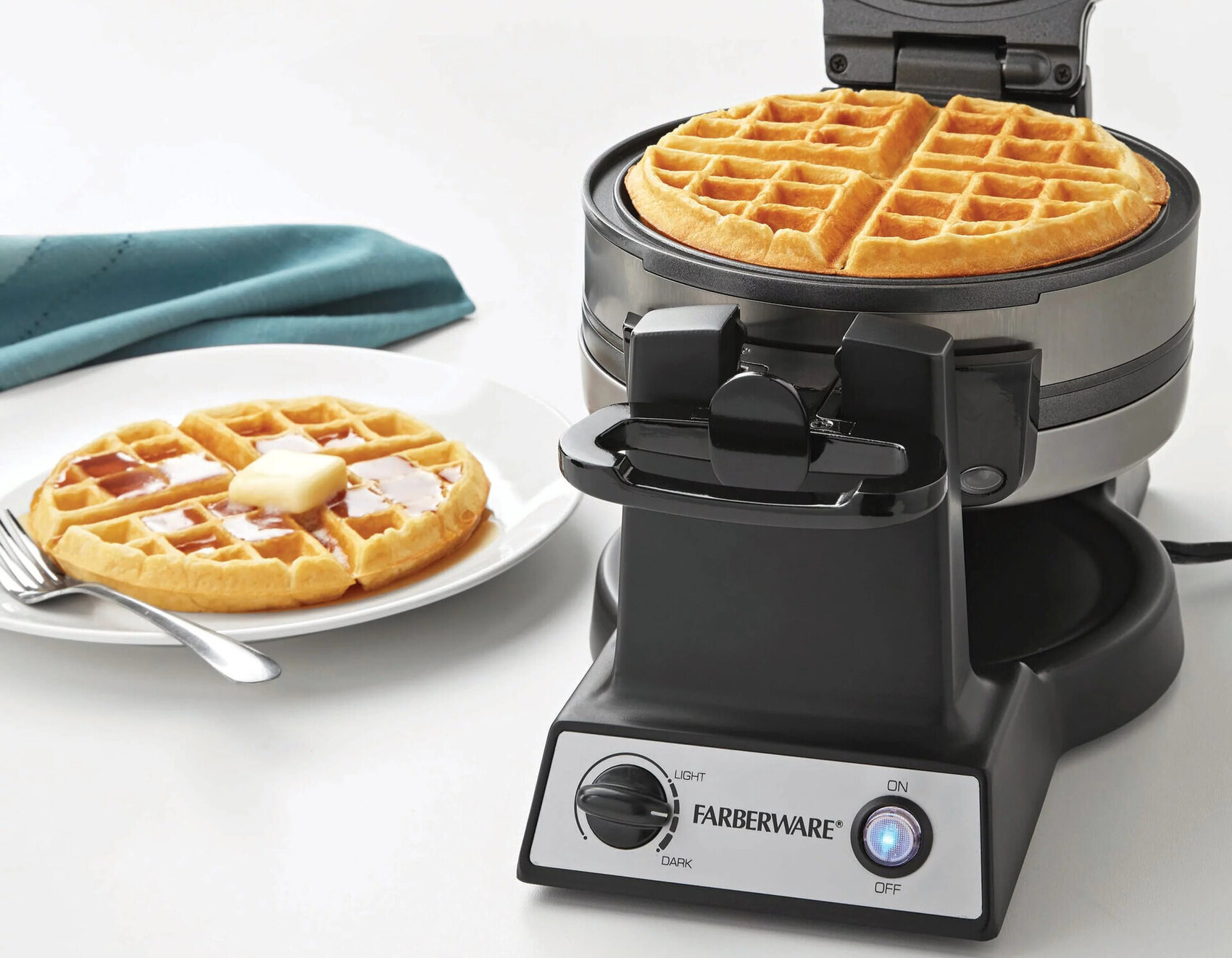
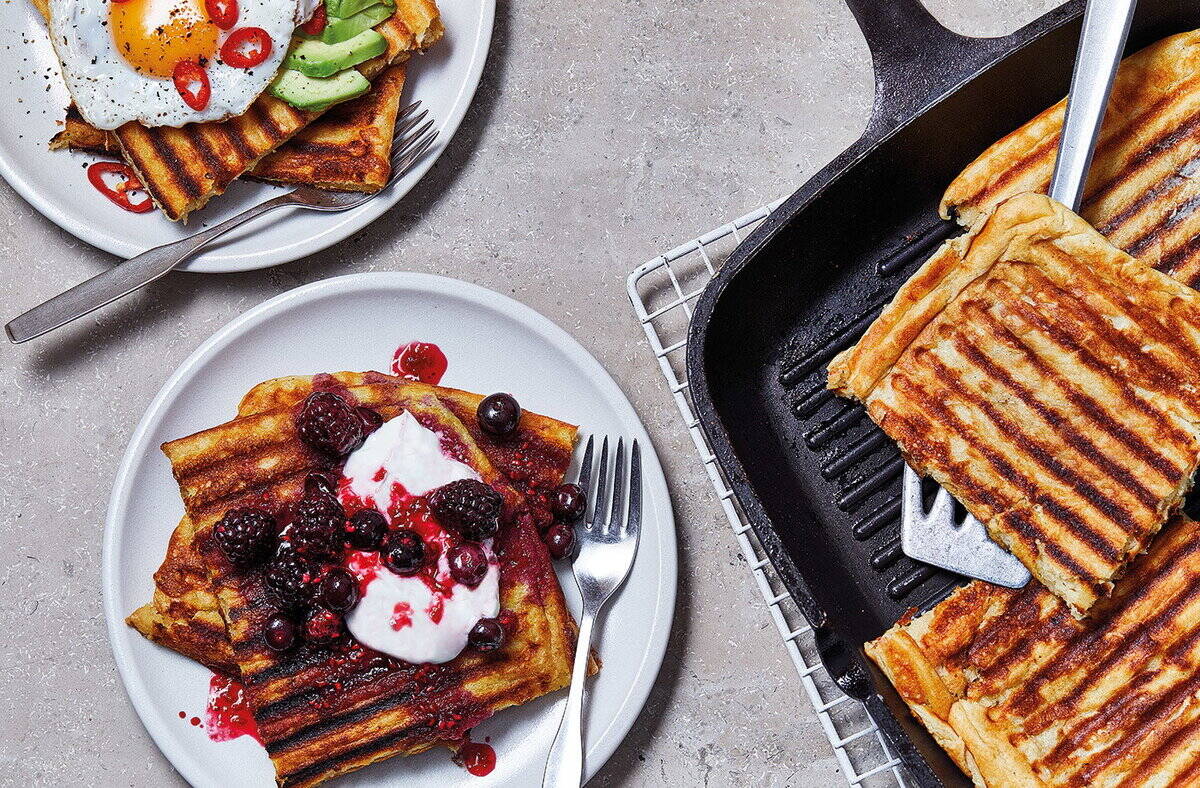
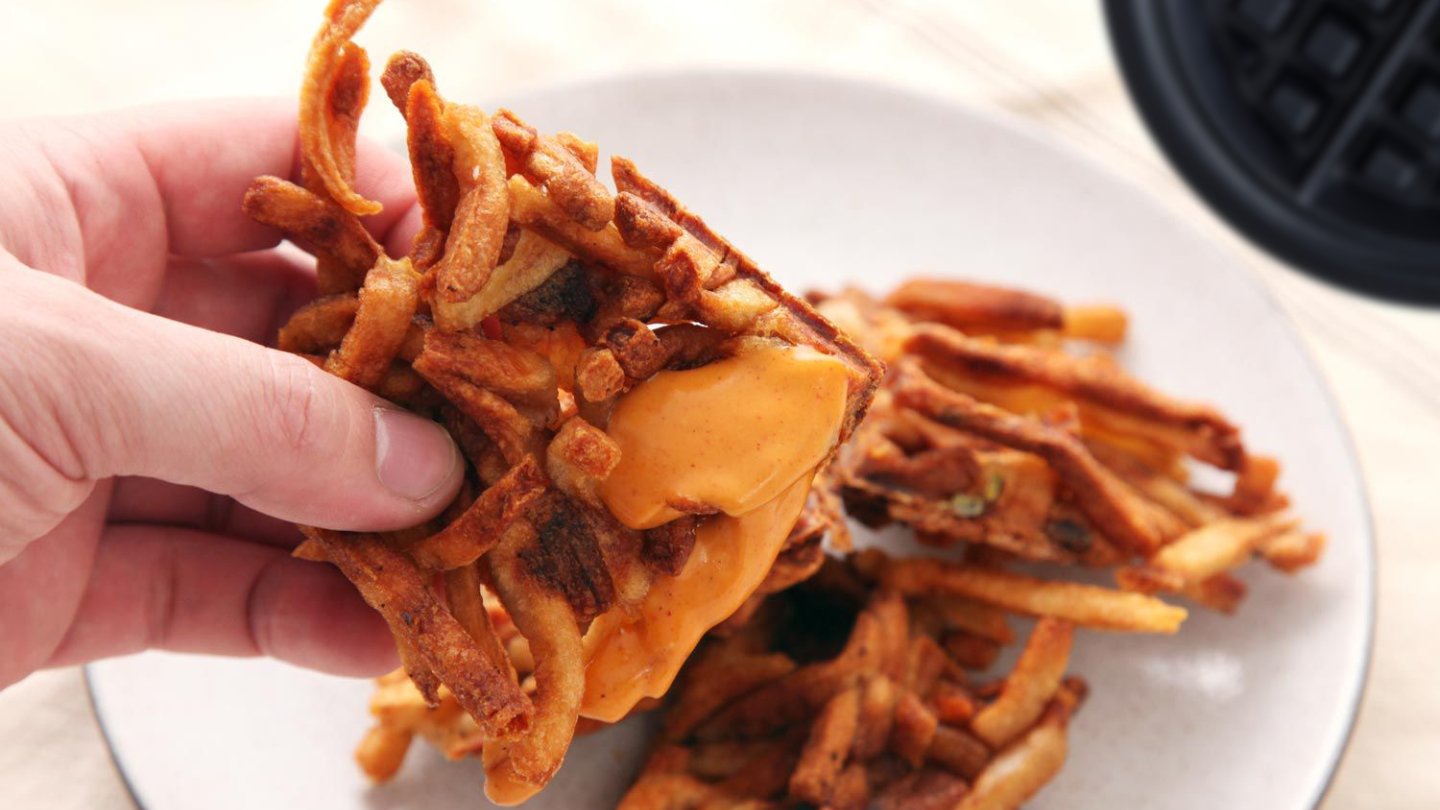
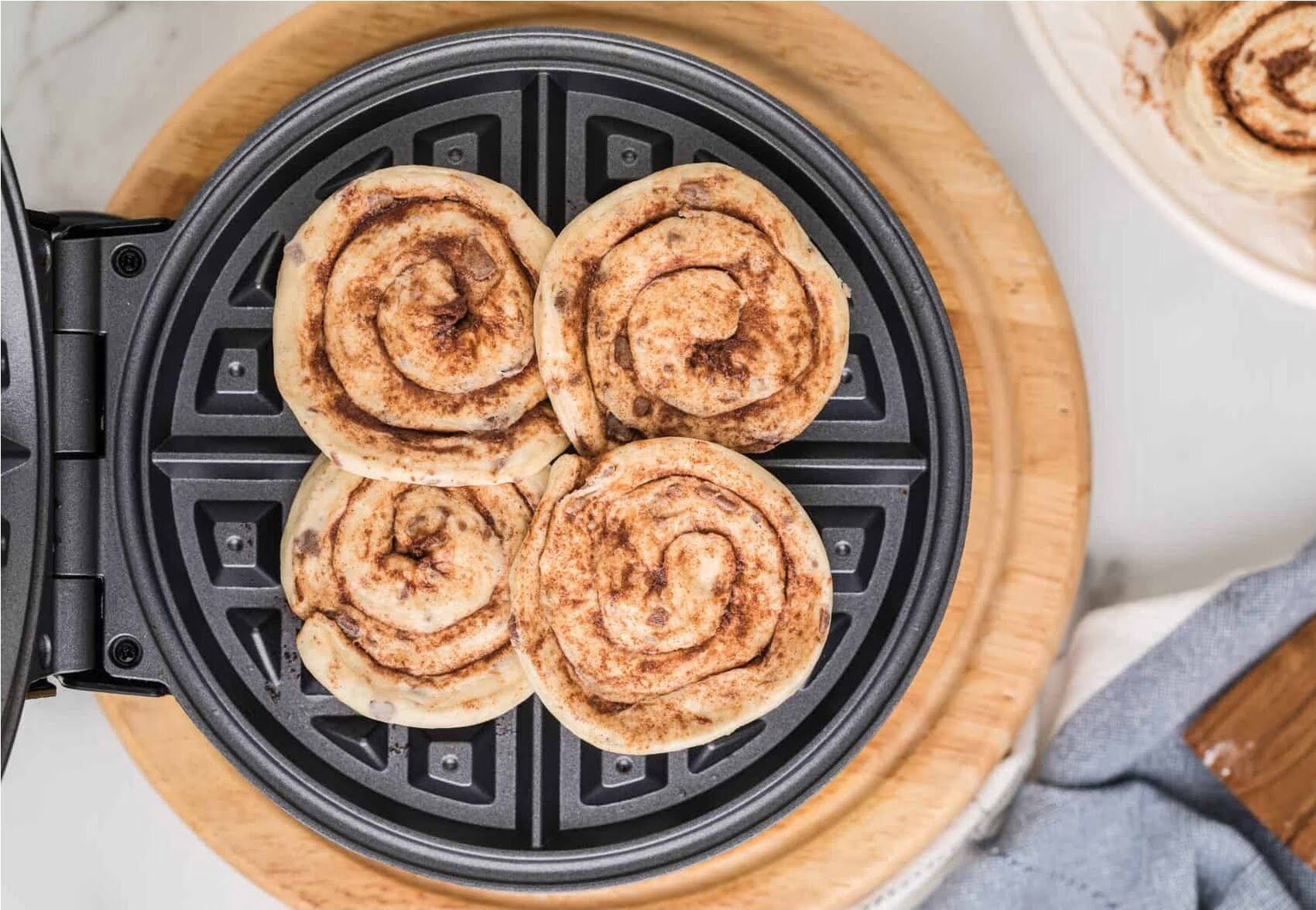
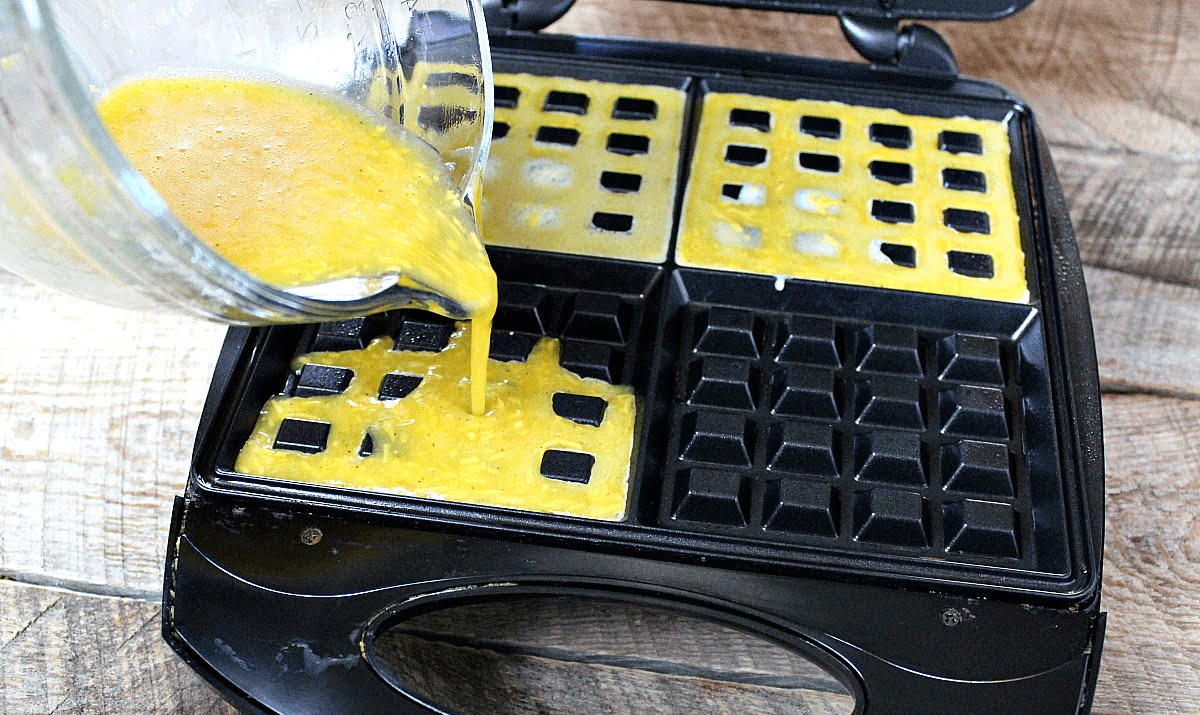
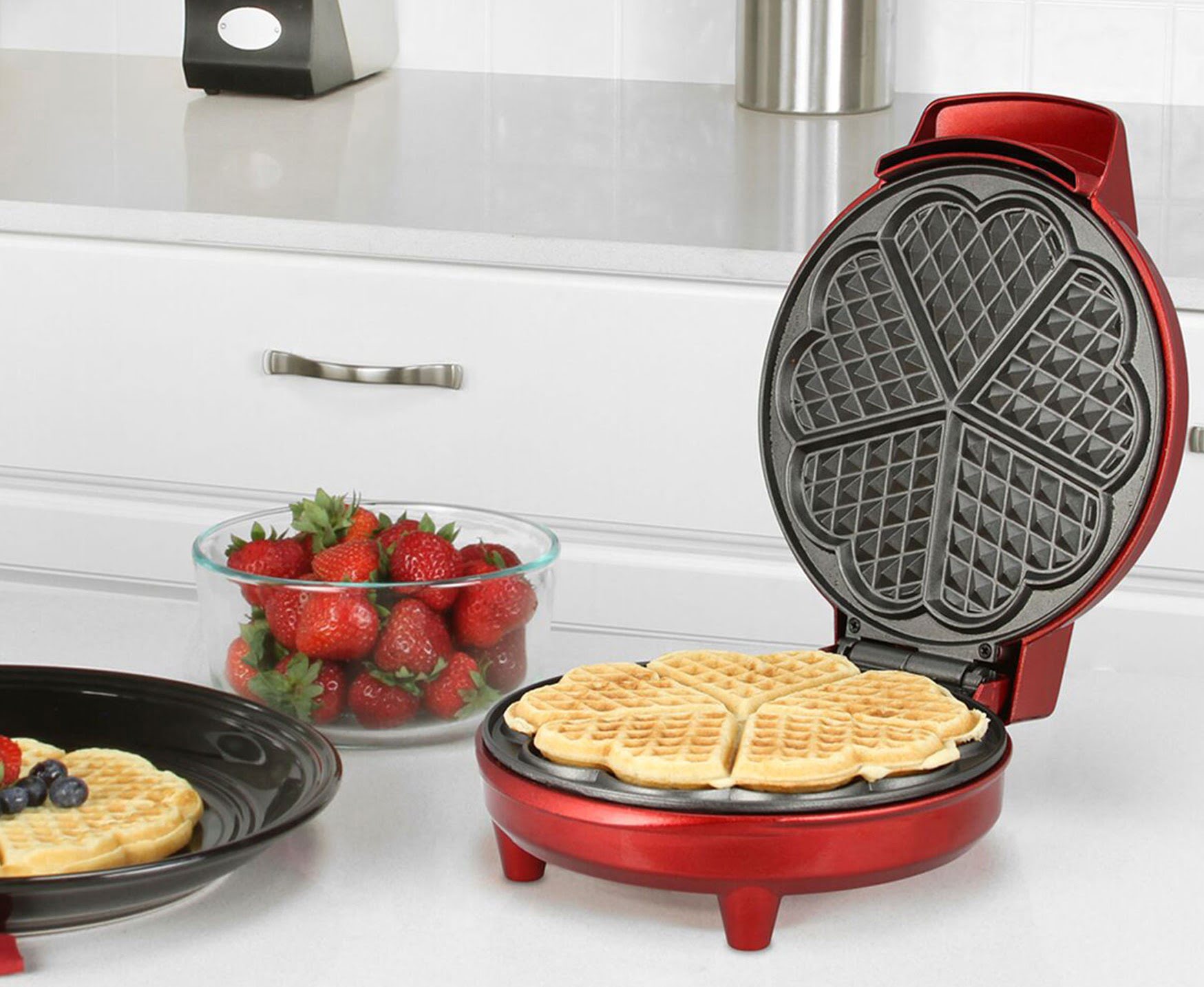
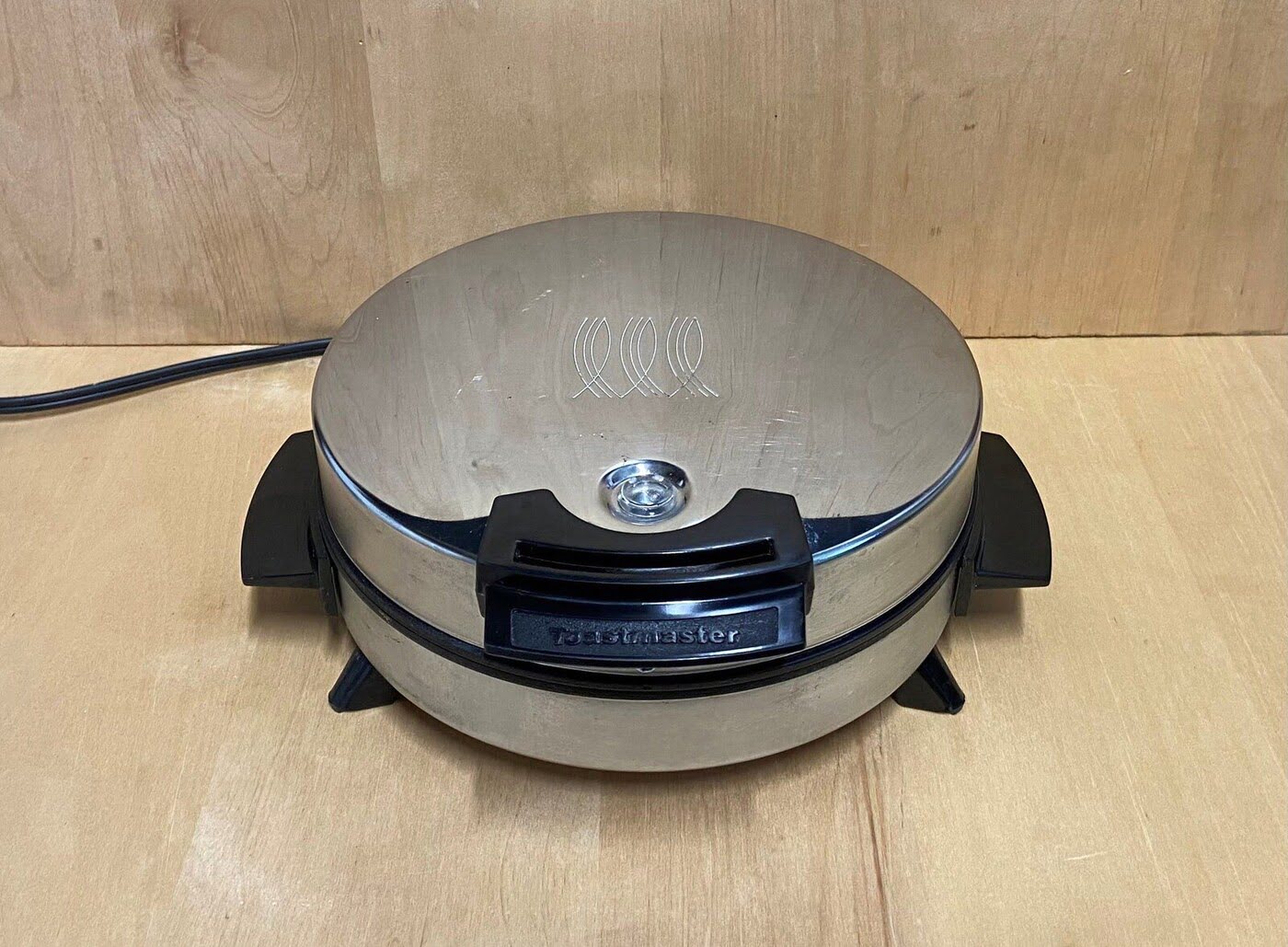
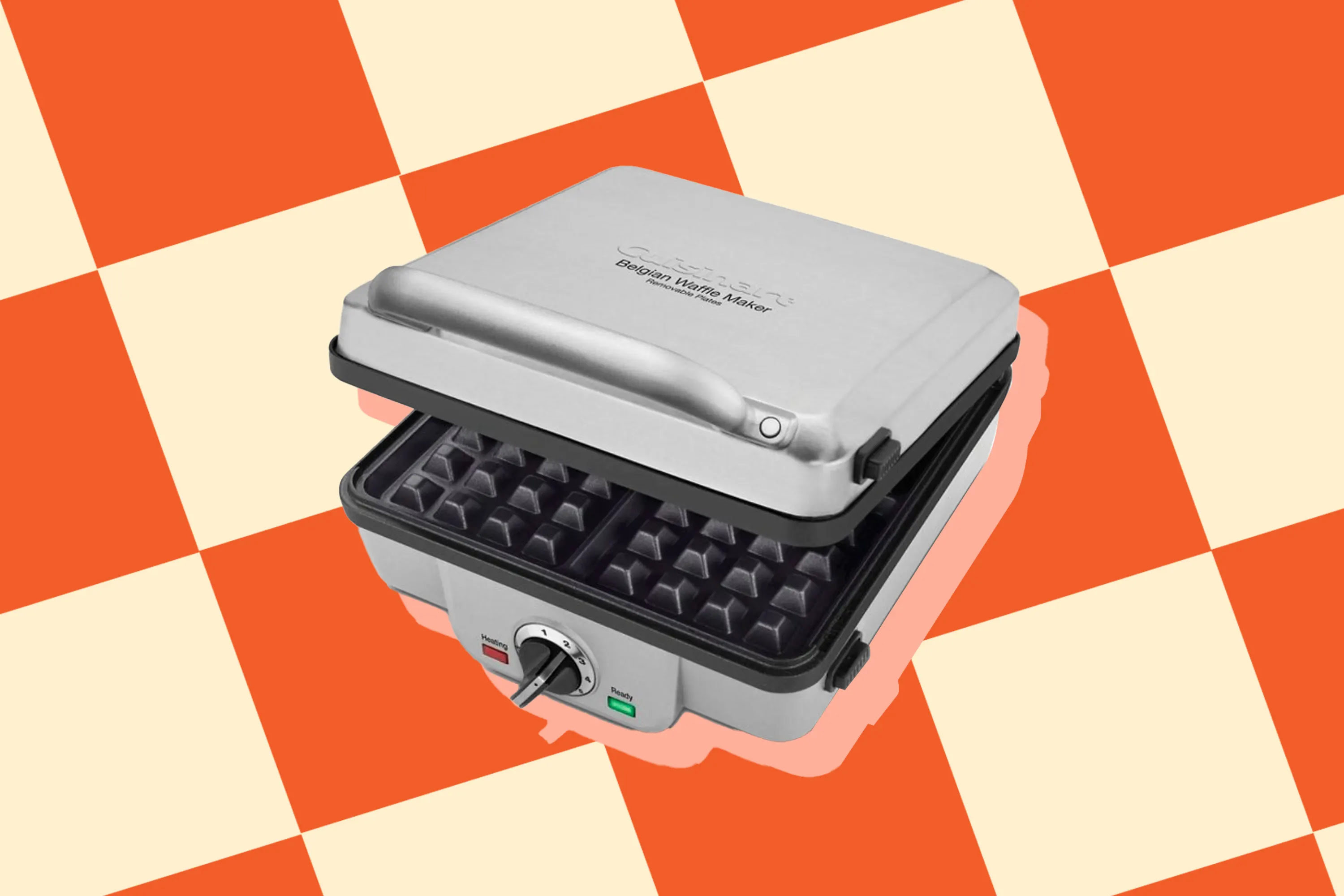
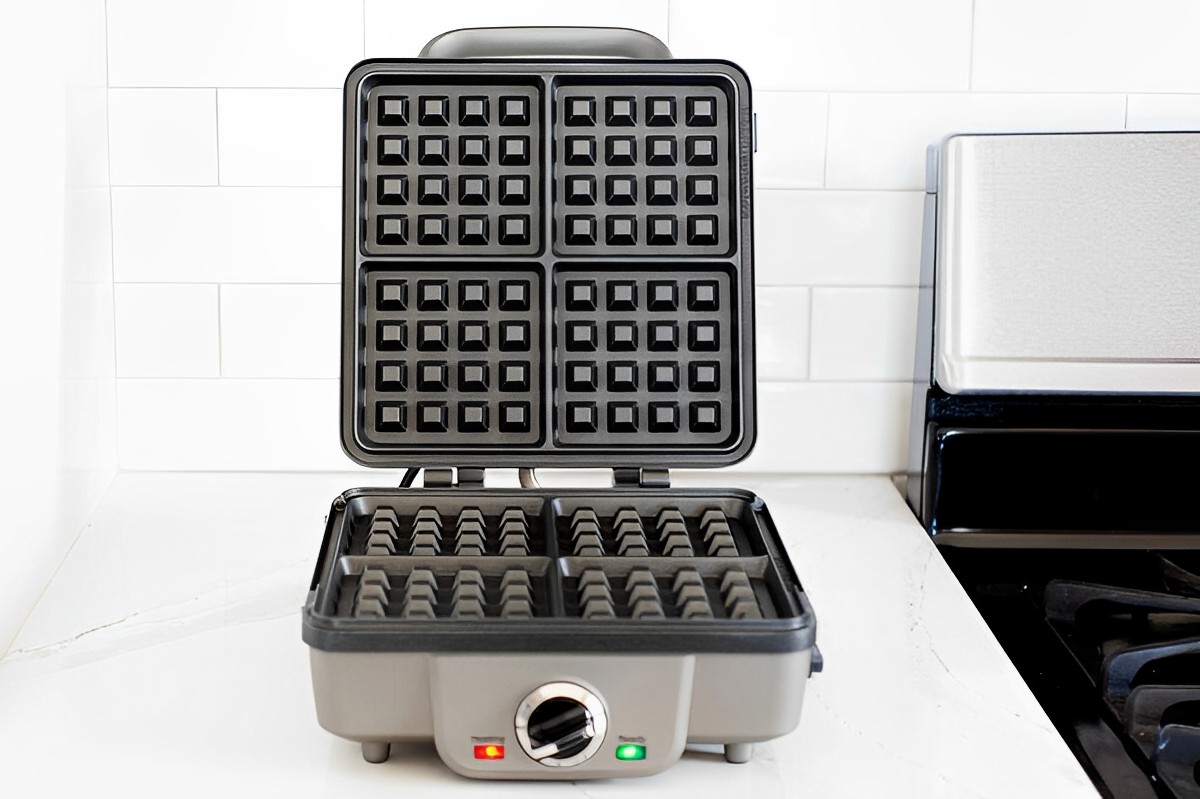
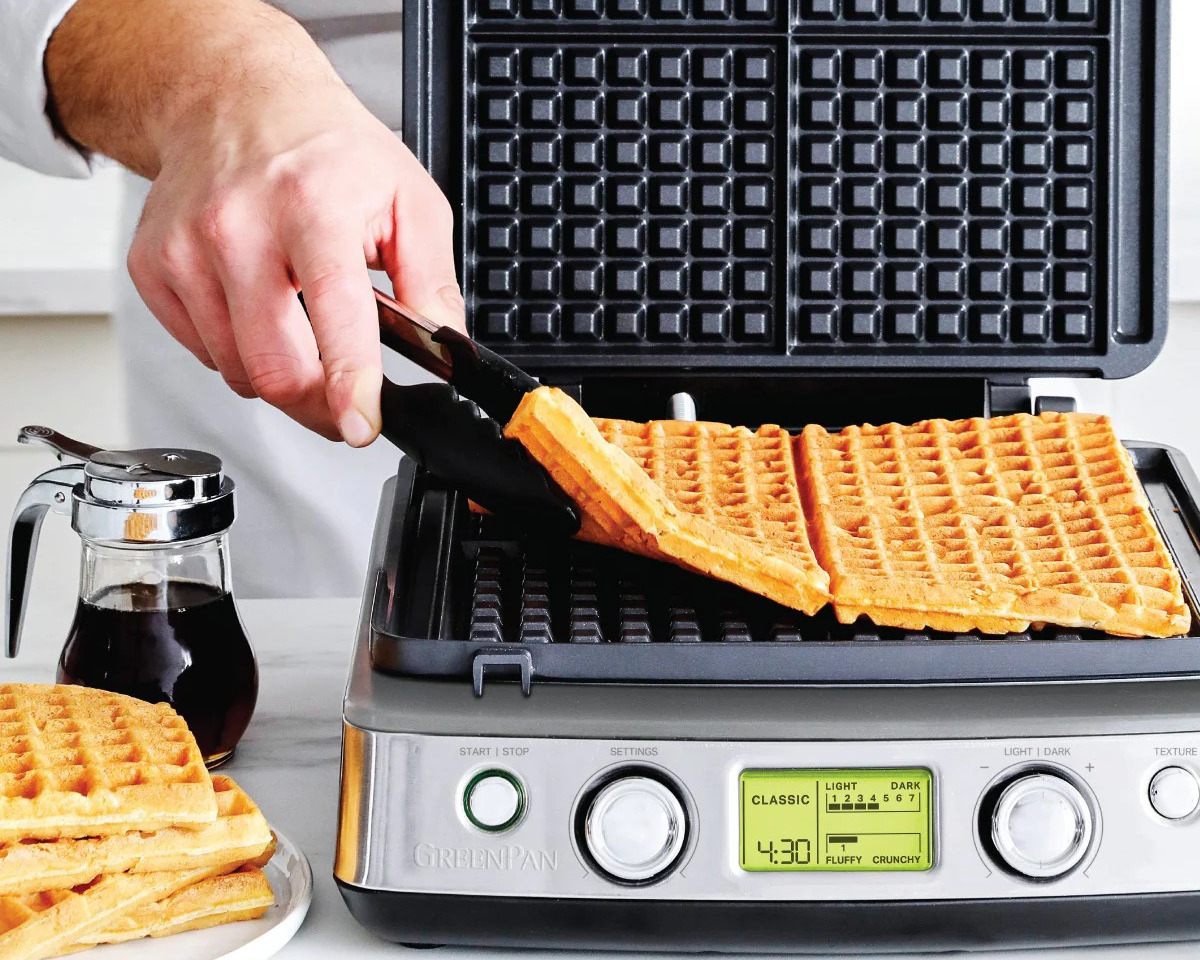
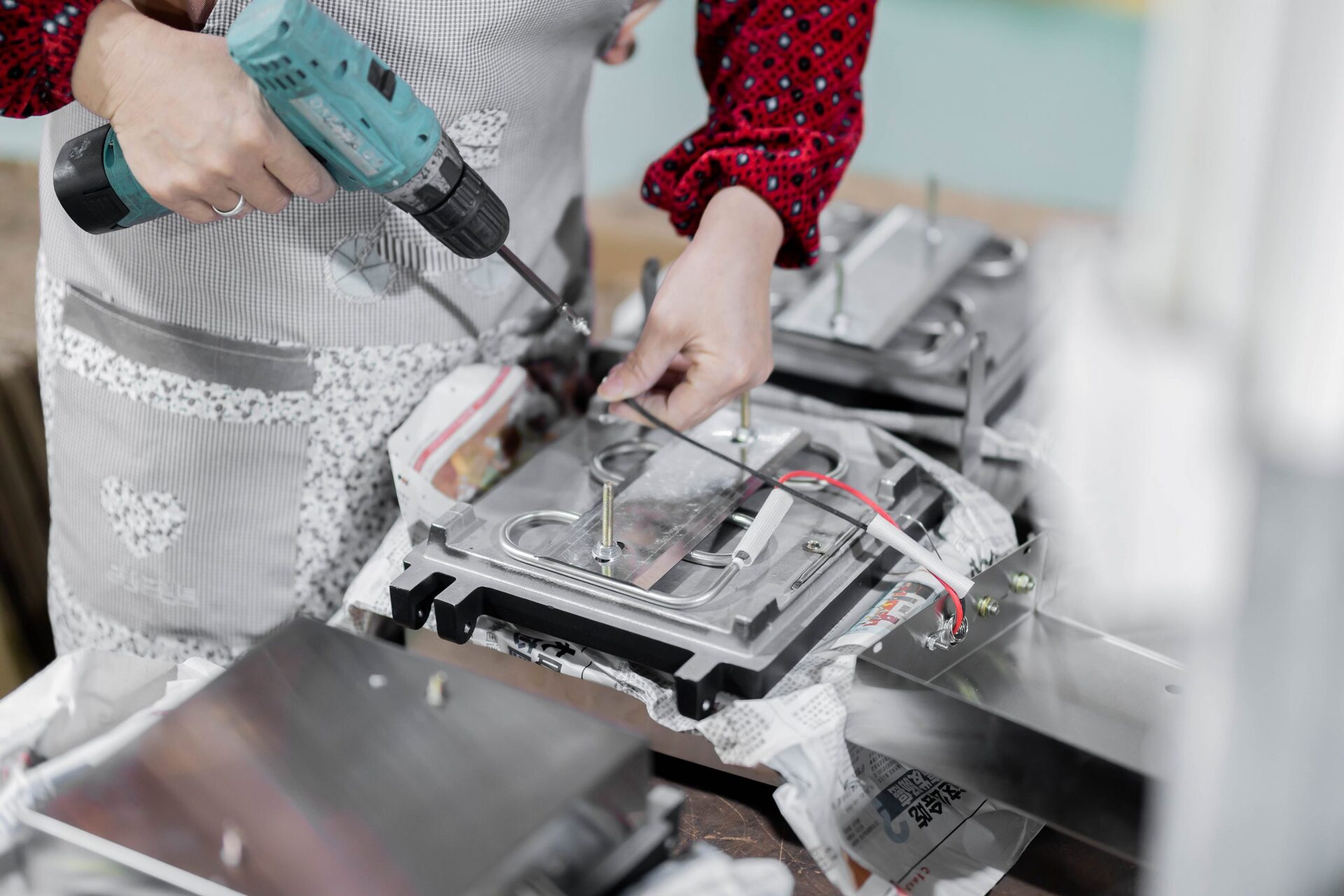

0 thoughts on “How Does Waffle Iron Work”